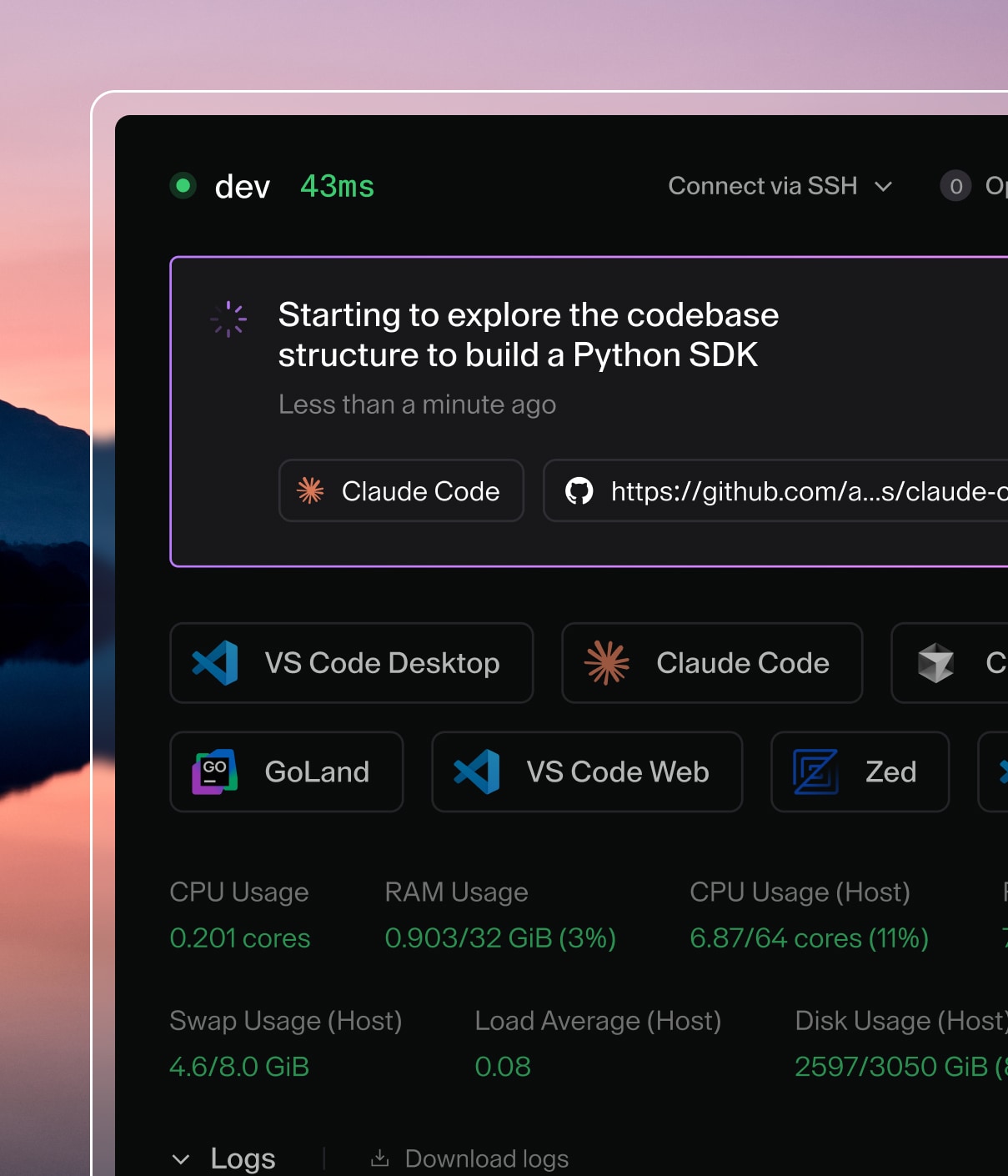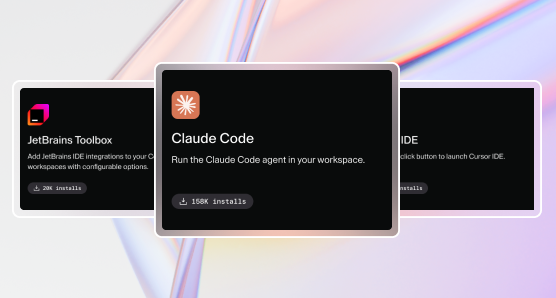AI-Assisted Legacy Code Modernization: A Developer's Guide


Last week, I was at an AI DevSummit event and had a conversation that got me thinking. A bright young engineer had just asked me: "How do we use AI to convert millions of lines of legacy code into a cloud-native architecture?"
It was a great question, but it gave me the impression that he wasn't inquiring about AI in a realistic way. He imagined feeding COBOL systems from the 1980s into ChatGPT and getting back a perfectly architected microservices ecosystem. I pictured him attempting to upload a mainframe dump and expecting Claude to spit out a containerized app that somehow understood why the accounting module still thinks it's 1999.
If modernization were only that simple, we'd all be sipping cocktails on beaches instead of debugging legacy code that predates most of our junior developers.
That conversation forced me to really think through where AI fits in this messy world of legacy modernization. In short, it's not where most people think, but it's way more useful than you might expect.
The Fantasy vs. The Reality
To be clear, the hard reality is that AI isn't a magic button that turns legacy spaghetti into cloud-native perfection. I've watched too many demos where vendors wave their hands and claim their AI can "transform any codebase." What they don't mention is that the demo probably used a clean, well-documented Node.js app, not the Franken-system that's been keeping your company alive since Clinton was president.
AI doesn't understand your company's risk tolerance, your customer SLAs, or why that weird edge case in the payment processing module exists because Bob from accounting needed a "quick fix" for a regulatory requirement in 1997. (Bob retired in 2015, but his code lives on forever.)
The real challenges in application modernization aren't technical problems. They're architectural puzzles wrapped in business constraints and tied up with organizational politics. Where do you draw service boundaries when the original architects drew them with crayons? How do you handle data consistency across distributed services when your current database thinks foreign keys are a suggestion? What gets modernized first when everything is "mission-critical" according to at least three different VPs?
These aren't coding challenges that AI can solve for you. They're judgment calls that require understanding your business, your team, and your appetite for 3 AM phone calls.
Once you've made those strategic decisions though, AI becomes your secret weapon for the actual implementation work.
Where AI Actually Delivers Results (Finally, Some Good News)
While AI isn't technical fairy dust that will solve all your problems, that doesn't mean it's not genuinely useful. It excels at the grunt work that makes experienced developers update their LinkedIn profiles. I'm talking about the soul-crushing, mind-numbing tasks that everyone avoids until they absolutely can't anymore:
Code archaeology: Remember that time you spent three weeks tracing a customer ID through seventeen different systems just to figure out why Mrs. Henderson's account showed a negative balance? AI can map those dependencies across millions of lines in hours, not months. Need to find business logic scattered across 47 different implementations and document exactly how they differ, AI is there for you.
Pattern recognition at scale: Beyond mapping dependencies, AI excels at spotting the inconsistencies that drive developers crazy. Your legacy system probably has the same date validation logic implemented twelve different ways, and at least half of them think February has 30 days. AI spots these patterns instantly and suggests standardization approaches that would take humans weeks to identify.
Mechanical transformations: Once patterns are found, they now need to be standardized. Converting deprecated API calls, updating syntax patterns, extracting common functionality into shared libraries. This is where AI delivers that 2-3x productivity boost everyone talks about. You get a really patient assistant who never complains about doing the same boring task 10,000 times in a row.
Documentation and code understanding: Lastly, nobody likes writing documentation, and most of us are terrible at it, but AI actually enjoys this stuff. It'll read through that mess of undocumented legacy code and explain what it's doing in plain English. AI can generate better documentation for a 15-year-old module in an hour than the original developer wrote in six months. (To be fair to that developer, they probably assumed they'd remember what the code did. We've all been there!)
AI isn't replacing the complex, creative thinking that makes software development interesting. It's handling the boring, repetitive work so you can focus on the problems that actually require human insight and creativity.
Setting Up for Success: The Technical Foundation (Without the Buzzword Bingo)
To get really serious about AI-assisted modernization, you need the right infrastructure, and no, I don't mean buzzword-laden enterprise solutions. I mean actual, practical stuff that works.
Any enterprise worth its salt isn't pumping proprietary code into public models like ChatGPT, for justifiable reasons. You're essentially contributing your business intellectual property to a public model that your competitors might benefit from. Also, these models learned from millions of lines of both brilliant and terrible code, and they can't tell the difference between a Stack Overflow hack from 2009 and production-quality architecture. The result is that, while AI can be a force multiplier in software development, it requires guidance on what good looks like and validation of its outputs.
So what do serious modernization efforts really need?
Private model deployment: Host your own models internally. CodeLlama, StarCoder, and other open models work great for this. Yes, it requires more setup than clicking "subscribe" on a SaaS offering, but your security team will stop hyperventilating.
Fine-tuning on your codebase: Generic models think your 20-year-old naming conventions are bugs waiting to be fixed. Fine-tuned models understand that CustomerAcctMgmtSvc isn't a typo. It's just how your company abbreviated things before anyone heard of clean code principles.
RAG integration: Connect your AI to your actual knowledge sources: code repositories, documentation wikis, that one Confluence page where someone documented the database schema in 2018. Instead of having all that tribal knowledge scattered across multiple systems, bring them into a single, intelligent interface. This turns AI from a confident guesser into an informed assistant with perfect recall.
Secure development environments: Platforms like Coder provide isolated, monitored workspaces where AI can safely play and test code transformations without accidentally pushing changes to production. Think of it as a sandbox where your AI can play without breaking actual things. In a worst case scenario where AI runs off the rails, you can simply delete the environment and start over.
The Multi-Model Strategy That Actually Works (No, One Size Doesn't Fit All)
Here's where most teams face-plant: thinking there's one AI model to rule them all. It's like hiring one person to be your architect, security expert, QA engineer, technical writer, and coffee maker. Sure, they might be competent at one of those things, but the coffee's probably going to be terrible.
Tools that try to do everything usually suck at most things. Smart teams build specialized model pipelines instead:
Code Analysis Model: Your code detective. It's a smaller, faster model that constantly scans your codebase, building dependency graphs, and identifying complexity hotspots. It runs in the background like a really obsessive auditor, creating a living map of your system. It'll tell you things like "this module is called by 47 other components but hasn't been updated since Obama's first term."
Transformation Model: The heavy hitter that generates new code. This larger model gets trained on your architectural patterns and cloud-native examples. It only spins up when you're ready to modernize a component, kind of like a powerful build server that you only pay for when you're using it. Feed it context about your payment processing logic, and it'll know how to extract payment methods into separate services while keeping compliance checks centralized.
Test Generation Model: Your paranoid friend who assumes everything is broken until proven otherwise. This model focuses on creating thorough test suites to validate that your modernized services behave exactly like the legacy code they're replacing. The last thing you want is to discover that your new microservice handles leap years differently than the COBOL it replaced.
Security Scanner: Your personal field CISO that understands your compliance requirements and spots vulnerabilities in both legacy and modernized code. Who wants to spend their free time reading OWASP guidelines or compliance documentation? So why not offload this to a model that enjoys this stuff?
These models working together as a system or "team" is where the real power lies. The analysis model identifies that payment processing component buried in your monolith. The transformation model gets that context and knows exactly how to extract it while maintaining backward compatibility. The test model generates edge case tests based on actual data patterns it found. The security scanner makes sure nothing gets exposed that shouldn't be.
Don't panic about infrastructure costs. Multiple models don't mean massive GPU bills. Your analysis model runs on modest hardware since it's mostly doing classification work. The transformation model only fires up when you're modernizing code. You're not paying for idle compute time on expensive models you're not using.
The Prompting Philosophy That Changes Everything (Or: How to Talk to Your Robot Buddy)
Once you've got your AI pipeline humming along, the next big issue teams run into is treating AI like Google and thinking it knows your needs with just five words of context. They'll type "Convert this COBOL to microservices" and expect magic. That approach guarantees generic, unusable output.
Think of AI as a really smart junior developer with perfect memory but zero context about your actual business. You wouldn't tell a new hire to "modernize the entire payment system" on their first day. You'd have a conversation, maybe buy them coffee, explain the weird quirks of your system.
Try this approach instead:
This iterative, pair-programming approach produces dramatically better results because you're providing the context and constraints that AI needs to make good decisions. The AI has the technical knowledge and infinite patience, but it needs your guidance to understand what you actually want and how it fits into your specific business context.
Skip this conversation step, and you'll spend weeks debugging AI-generated code that doesn't quite work. If you embrace AI as a pair-programming partner, you'll consistently get functional solutions faster.
The Trust Problem (And How to Solve It Without Therapy)
The technical stuff usually isn't the biggest hurdle. The real challenge is convincing stakeholders to let AI touch code that's been running mission-critical business processes since before social media existed. I get it. That COBOL system might look ancient, but it's probably processed billions of dollars in transactions without breaking. It's like that old Toyota in your driveway – ugly, but it starts every morning.
The solution? Start stupidly small and let the wins build your case. Pick one well-contained module that everyone complains about but nobody wants to fix. Maybe that monthly report generator that takes three hours to run and occasionally crashes when someone looks at it wrong. Set up your AI pipeline, modernize just that piece, and measure everything: time saved, bugs introduced, developer satisfaction, how many fewer 2 AM phone calls you get.
Use those metrics and war stories to build confidence for larger transformations. The teams that figure out this human-AI partnership early get a massive advantage over those still debating whether AI is "safe enough" for production code.
The Human Element: Why Architects Still Matter (And Why You Shouldn't Panic About Job Security)
What I really wanted that young engineer to understand is that AI isn't replacing architects and developers. It's making us more effective at what we're actually good at. It's not a potion of Unicorn tears that will solve everything for you. AI works best as a capable research assistant who never gets tired, doesn't need coffee breaks, and won't judge you for asking the same question three different ways.
AI handles the mechanical work brilliantly, but humans drive the strategic decisions that actually matter. Which components get modernized first when everything is allegedly "mission-critical"? How do you phase the migration to minimize business risk when your CFO has nightmares about downtime? What happens when the new microservice needs to handle 10x the load of the legacy system, and your database starts crying?
These are the problems that separate senior developers from junior ones (AI agents), and they're not going away anytime soon.
Teams won't win by simply using the fanciest AI tools, but by learning, and understanding, the boundaries between roles and responsibilities within the human-AI working relationship. Developers focus on architecture, creative problem-solving, and understanding business requirements. AI handles the repetitive implementation work, documentation, and the kind of code analysis that would take humans weeks.
You don't need 10x productivity on everything. Getting 3x productivity on the right things means your best people can work on problems that actually require human insight and creativity.
Looking Ahead: Your Practical Modernization Playbook
Ready to stop talking about AI modernization and actually start doing it? Here's your step-by-step playbook, tested in the real world where things break and budgets matter:
1. Start with assessment (but make it smart): Use AI to map your current system and identify modernization candidates. Look for well-isolated components with clear business value, not the scary monolith that everyone's afraid to touch. Better to discover how many dependencies exist before you start refactoring.
2. Build your model ecosystem gradually: Start with one specialized model, get it working well, then add others. Don't try to boil the ocean on day one, or you'll end up with a very expensive system that does nothing particularly well. Think minimum viable AI pipeline, not skynet for code.
3. Establish trust through ruthless measurement: Gains and progress are only as good as your ability to prove them through facts. Measure and track everything. Time savings, code quality, system performance, developer happiness, number of 3 AM phone calls are all important metrics that will help teams provide confidence, but more importantly, know where to adapt and pivot when needed. You need real data, not just enthusiastic testimonials from early adopters.
4. Scale appropriately: Use the lessons learned and wins and apply them to increasingly complex components. Every success builds credibility and desire to tackle bigger projects. Attempting to scale entire application redesigns based off a component refactor is a recipe for getting called into your manager's office for a dressing down. Be thoughtful, be programmatic, and scale when within your learned guardrails.
You aren't looking for perfection, you are looking for progress. If your expectation is that AI is a magic wand that will always give you perfect results, prepare to be disappointed. AI is a tool that will perform the grunt work so humans can focus on the decisions that actually matter for the business.
That conversation with the young engineer reminded me why I love this field, even after debugging legacy code that predates my career. The tools keep improving, but the fundamental challenge remains the same: how do we build systems that serve real human needs? AI just gives us better methods to tackle that challenge.
The companies that figure out this human-AI partnership will modernize faster, with fewer bugs, and with developers who actually enjoy coming to work. The ones that wait for AI to get "smart enough" to do everything will still be running COBOL in 2035, probably wondering why their competitors keep eating their lunch.
I know which camp I'd rather be in. What about you?
Subscribe to our newsletter
Want to stay up to date on all things Coder? Subscribe to our monthly newsletter and be the first to know when we release new things!


